What is Dry Needling?
Dry needling is a technique designed to treat and resolve musculoskeletal and fascial pain. It involves the insertion of acupuncture needles into the soft tissues of the musculoskeletal system as a means to promote healing within the body using the body’s natural healing and pain management mechanisms. The results can be and often are immediate with noticeable decreases in pain and increases in range of motion.
FAQs
-
Traditional acupuncture is rooted in eastern philosophy while dry needling is rooted in western medicine. Rather than treating based on meridians, dry needling is focused on treating intramuscular and fascial anatomy based on fascial chains.
-
Research is still looking at the best way to apply dry needling in acute and chronic situations. It has been shown to effective in treating simple muscle tightness, strains and sprains, stimulating recovery, muscle activation, swelling reduction and pain management.
-
Experience. Our therapists have had years of extensive clinical experience with musculoskeletal and neuromuscular conditions. The clinical reasoning process is complex and is highly dependent on the experience and success of the therapist. Feel free to ask your therapist if you are interested in dry needling and they will be more than happy to discuss it with you.
-
Dry needling does have it’s inherent risks which include and are not limited to: bleeding, bruising, infection, or nerve injury. Some patient’s may experience: pain, sweating, nausea, anxiety, dizziness, pain referral or muscle twitch. The largest risks is a pneumothorax, if dry needling is practiced properly, the threat is extremely low. In rare instances, there have been cases of spontaneous abortions. Please notify your practitioner if you may be or suspect that you may be pregnant.
The benefits of dry needling are extensive and often outweigh the risks and include and are not limited to: reduction in local and referred pain, improved range of motion, increased recovery process, reduction in peripheral and central sensitization. Benefits may be instantaneous, while it may take 3-4 for other individuals. The older the injury, the longer it may take for a reduction in symptoms.
-
Each session of dry needling will begin with mapping the involved fascial and kinetic chains. This may include previous points found in earlier sessions and new points that show up during the current session. We ask that you wear comfortable, loose fitting clothing so we can access all the areas we need to during our session of intramuscular therapy.
Each needle is pre-packaged in a sterilized tube that is used only once for each area. Once the trigger point is found the needle may cause a local twitch response which is not uncommon. There may be some discomfort with the insertion of the needle, but most needle insertions are painless for most people.
Your feedback will be critical to help guide our treatment to ensure the most effective treatment. At the end of treatment we will re-evaluate the previous motions that were painful prior to treatment. We often find a very noticeable change in range of motion and pain levels.

